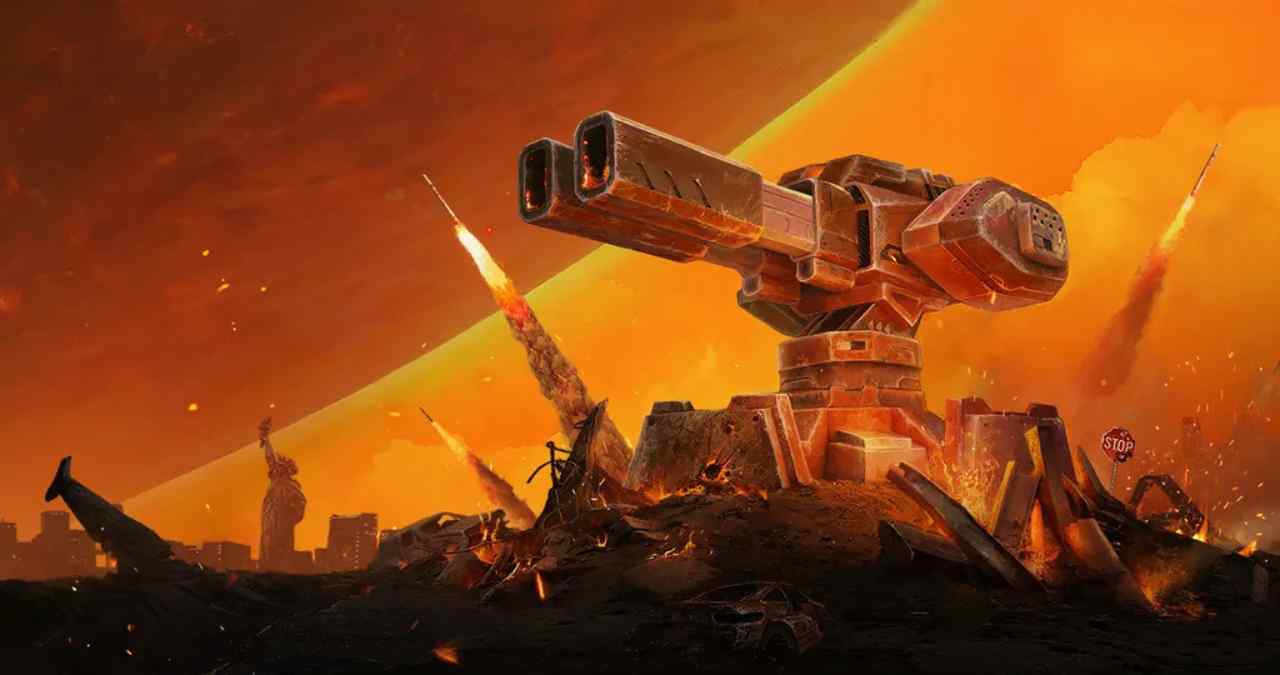Iron Guard: Salvation is gearing up for its PlayStation VR2 debut this August, marking the latest installment in XLab Digital’s sci-fi tower defense series. The new title isn’t a full sequel, but it brings fresh campaign content and improved interactivity tailored to Sony’s latest headset.
Set in the same mechanical dystopia as the original Iron Guard, Salvation builds on the core formula placing turrets, managing upgrades, and holding off waves of hostile machines but with a stronger emphasis on narrative pacing and moment-to-moment player involvement.
Expanded campaign and story integration
Unlike the more arcade-focused original, Iron Guard: Salvation introduces a dedicated story mode with fully voiced characters and mission briefings. You play as a field commander defending a remote base, interacting with various characters and systems as the campaign unfolds.
The structure leans into scripted missions rather than endless wave defense. Players can expect a more curated experience with setpiece moments, character exchanges, and evolving objectives across multiple levels. The voice acting and environmental storytelling help ground the experience in a larger sci-fi arc without pulling too far from the tactical roots.
Gameplay built for VR immersion
Core mechanics still revolve around tower defense: deploying turrets, managing resources, and choosing where to place firepower as waves intensify. What’s different in Salvation is how much control you have from a first-person perspective. Instead of static menus, you physically interact with holographic terminals, drone assistants, and map interfaces using motion controls.
This added layer of immersion gives the game a more tactile feel. The PSVR2’s eye tracking and haptics also allow for cleaner UI interactions and more feedback when engaging with in-game systems. It’s not a dramatic genre shift, but it does make the experience feel more connected and grounded in the headset.
PSVR2 exclusive features and polish
While Salvation shares much of its DNA with previous entries in the series, this release has been optimized for PlayStation’s hardware. Load times are reduced, resolution is improved, and the game leverages adaptive triggers and headset feedback for weapon use and environmental effects.
There’s no multiplayer mode or base-building overhaul here. It’s still a focused single-player strategy game. But the improved interface, narrative layer, and headset-specific upgrades give it enough identity to stand apart from the earlier VR versions on PC or Quest.
Iron Guard: Salvation doesn’t reinvent tower defense, but it gives the genre a thoughtful, VR-first execution — one that fits well in PSVR2’s growing catalog of slower-paced, immersive strategy titles. The August release window places it among a wave of summer VR updates focused on refining mechanics rather than chasing novelty.




